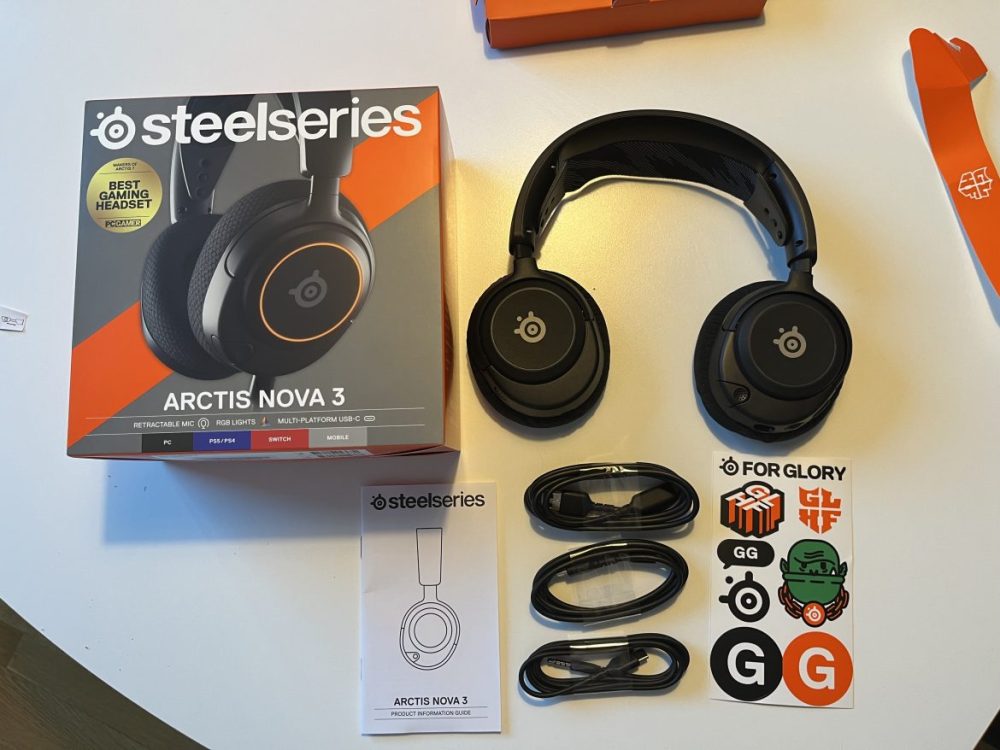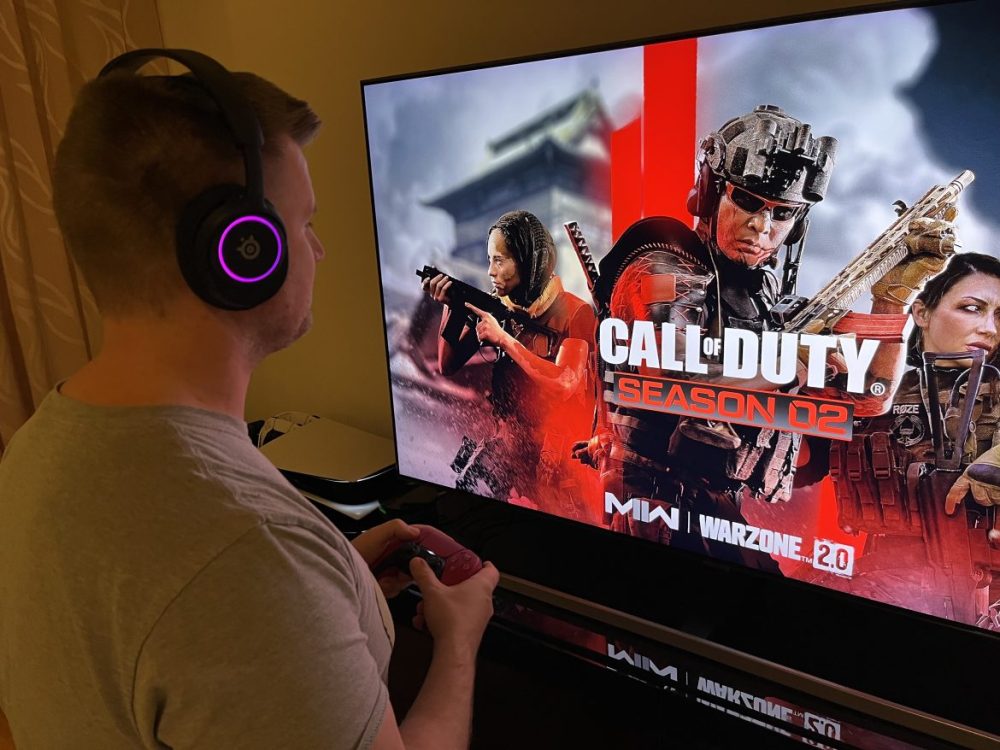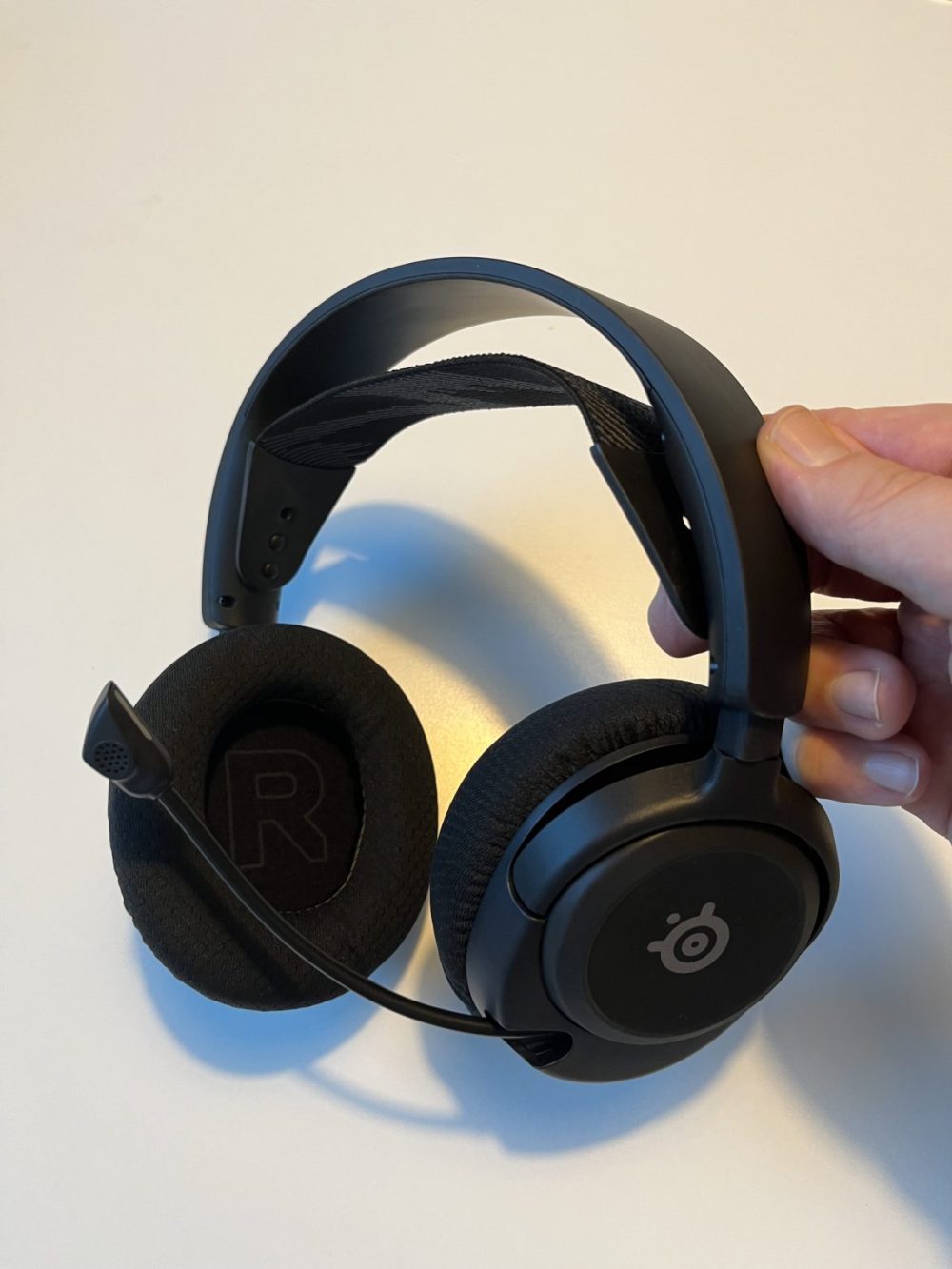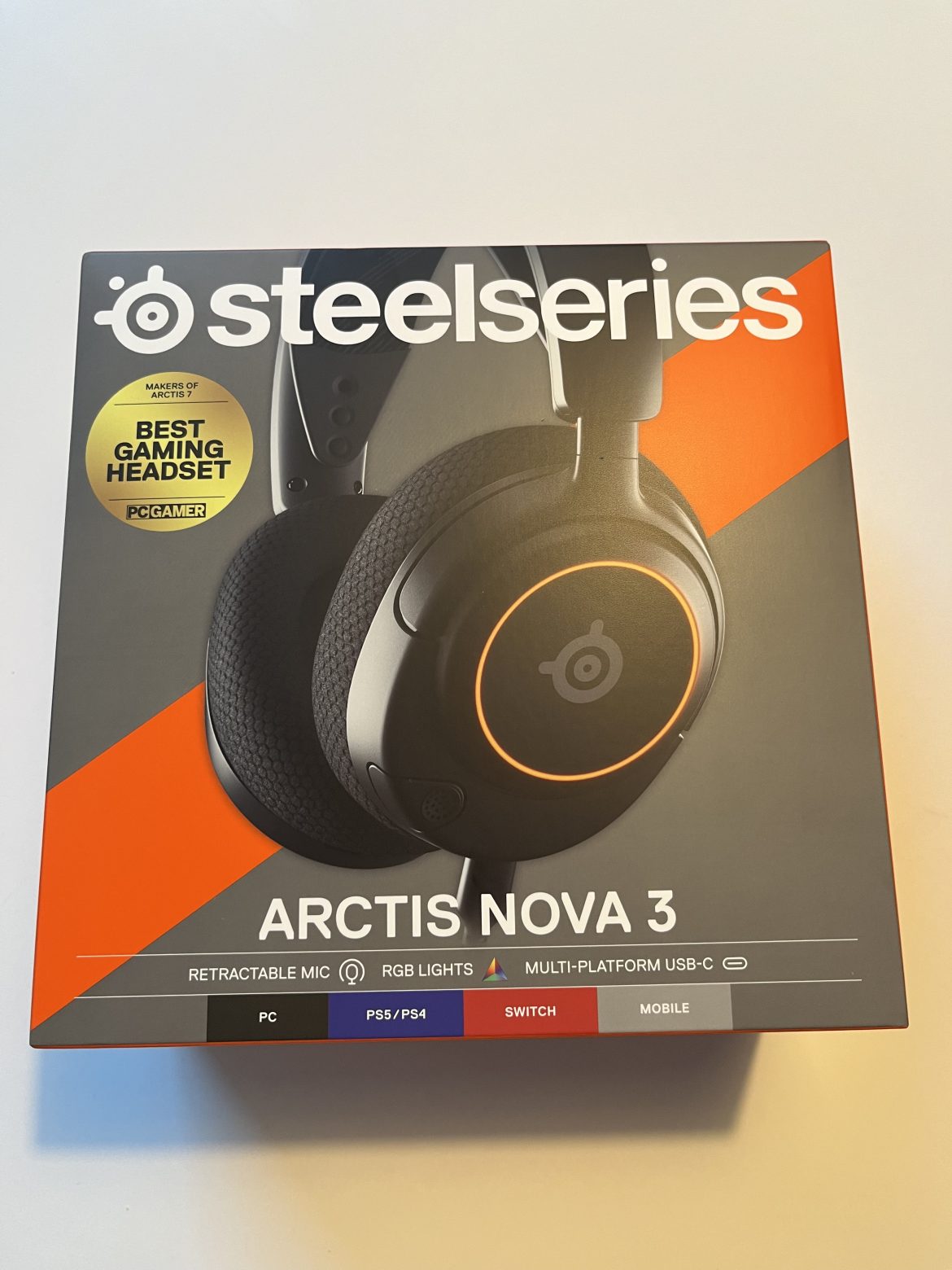TL;DR
Steelseries' Arctis Nova 3 offers impressive comfort and sound quality, especially for PS5's 3D Audio, with a surprisingly good noise-canceling mic. It's a solid wired option, but RGB requires USB-C, and the cable lengths can be limiting for console players. While a great headset, the price point might make the simpler Nova 1 a more appealing choice for some. Curious if the Nova 3 is your next audio upgrade? Dive into the full review for the details!
I was pleased to have the opportunity to review the new Steelseries Arctis Nova 3, as I was a satisfied user of the Steelseries Arctis 7. It’s always interesting to see what advancements Steelseries has implemented in their latest iterations.
The Steelseries Arctis Nova 1, 3, and 7 were launched last year. Before diving into the review, let’s clarify the key differences between these models, as the distinctions can be somewhat confusing.
Nova 1: Features the Nova Acoustic System and a lightweight design with the ComfortMAX System, compatible with all PC and console platforms via a 3.5 mm jack.
Nova 3: Shares the same specifications as the Nova 1, but additionally includes RGB lighting, a ClearCast Gen 2 noise-canceling microphone, and USB-C compatibility.
Nova 7: Offers the same specifications as the Nova 3, but also provides wireless connectivity and Simultaneous Wireless functionality, enabling the mixing of game and mobile audio.
Considering the comparisons above, it’s clear why Steelseries highlights the following features on the box: Retractable Mic, RGB-Lights, and Multi-Platform USB-C.
This is likely to help consumers understand the advantages of choosing the Nova 3 over the Nova 1. Personally, I’m not particularly drawn to RGB lighting, but that might just be an age thing, and it’s arguably not this headset’s primary strength. More on that later.

The box contains the following items, in addition to the headset itself:
1.2m USB-C to USB-C main cable
1.5m USB-C to USB-A adapter/extension cord
1.2m USB-C to 3.5 mm analog cable
Stickers
As I primarily game on the PS5, I opted for the USB-C to 3.5 mm analog cable. Consequently, the RGB lighting is inactive, as it requires a USB-C connection. However, using a cable from the PS5 to my seating area isn’t ideal, especially given the included cable’s 1.2m length.
Those familiar with my reviews know I frequently play FPS games, which I find to be an excellent method for evaluating headsets in terms of both sound quality and microphone performance. Over the past few weeks, I’ve been playing APEX, Call of Duty, Hogwarts Legacy, and Returnal to thoroughly assess Sony’s Tempest 3D Audio capabilities.

The first impressions of the Nova 3 are its light weight (285 grams) and comfortable fit. The ComfortMAX system allows for arch adjustment in four locations, while the stretchy band ensures even weight distribution. Finding the optimal setting requires some initial experimentation, but it’s remarkably comfortable once dialed in.
The Nova 3‘s memory foam AirWeave earcups are exceptionally soft and effectively keep the ears cool during extended gaming sessions. The soundstage is impressive, as expected from Steelseries and the PS5. 3D Audio in Returnal sounds fantastic. The only notable absence is noise cancellation, although this isn’t typically expected in headsets within this price range.
Finally, the microphone performance was tested, and my teammates in Call of Duty were notably impressed with the noise reduction facilitated by the microphone’s AI algorithms. The retractable design is also a convenient feature.

Ultimately, which Nova model is the right choice? For wireless connectivity, the Nova 7 is the obvious selection. However, if a wired connection to a console/PC with solely a 3.5mm connection is required, the Nova 1 might be worth considering. The recommended retail price for the Nova 3 is approximately 1200 SEK, which I believe is slightly inflated, primarily due to currency fluctuations (as it retails for $99 in the US). A price point closer to 1000 SEK would be more appropriate. In that case, the Nova 1, at around 750 SEK, becomes a more attractive option if RGB lighting, USB-C connectivity, and advanced microphone features are not essential.
In summary, the Nova 3 is a solid headset, providing exceptional comfort for extended use, coupled with impressive sound quality and a competent microphone. However, the price is somewhat high, and the limited USB-C requirement for RGB lighting, along with the short cable lengths for console gaming, are drawbacks.

